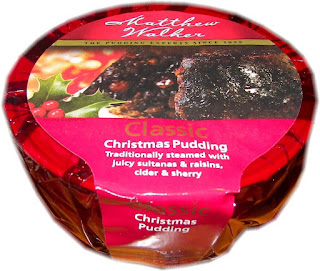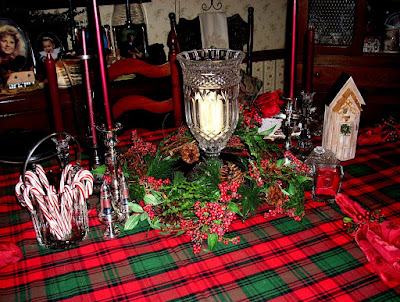 " Ladybird, ladybird fly away home,
" Ladybird, ladybird fly away home,
Your house is on fire and your children are gone, "
Ladybugs or Ladybirds as they are called in England, were always considered a sign of luck, if one was to land on you.
As I am sitting here writing, there are three ladybugs (ladybirds) walking across the ceiling. These warmer than usual Autumn days, today 74 degrees would be a reasonable explanation for these cute little bugs to still be present, or so I thought.
After a fellow blogger also commented on the prolific presence of the ladybugs I started to wonder, why they are still hanging around the garden and now inside the house, daily.
It turns out that the true Ladybug bright red with spots with which we are all so familiar, is being threatened at an alarming rate, by an impostor Ladybug, The Harlequin Ladybug.

Harlequins are native to Asia but were introduced to the U.S. a quarter of a century ago to control aphid populations.
Since then they have become the country's most common species, threatening the survival of North American ladybirds and other aphid predators such as butterflies.
They were subsequently sold in continental Europe by biocontrol companies, and are believed to have arrived in Britain on plants from Holland, Belgium or France.
Unlike their red and black-spotted British counterparts, harlequins come in a rainbow of colours, most commonly orange and yellow.
They have up to 21 spots. They eat aphids, the staple diet of Britain's own ladybird species.
When those run out, they are happy to eat their competitors instead.
Even humans aren't exempt - Professor Majerus a scientist at the University of Cambridge England, said there were increasing reports of harlequins biting people in the late summer as they run out of food.
The Ladybugs have quickly become the Nuisance Pest of the Year, as thousands of Americans British and Canadians are being bombarded by and infested with ladybugs, in their homes.
As autumn approaches, the adult beetles leave their summer feeding sites in yards, fields and forests for protected places to spend the winter. Unfortunately, homes and buildings are one such location. Swarms of lady beetles typically fly to buildings in September though November depending on locale and weather conditions.
Beetle flights are heaviest on sunny days following a period of cooler weather, when temperatures return to at least the mid-60s. Consequently, most flight activity occurs in the afternoon and may vary in intensity from one day to the next.
Besides just being pesky, the Asian Lady Beetle also emits a distinct odor when they are disturbed (such as when you try to swat at them in your house) or when they gather in groups. They also can leave behind a yellowish liquid that can stain carpets or other surfaces.

Turns out they're not so "lucky" after all.
Photocredit: University of Cambridge


 "May you have the gladness of Christmas which is hope;
"May you have the gladness of Christmas which is hope;













 Happy, happy Christmas,
Happy, happy Christmas,























 A new potting shed wreath from recycled willow tendrils and berry vines.
A new potting shed wreath from recycled willow tendrils and berry vines.  Leaves to welcome the season.
Leaves to welcome the season. Leaves that are demanding attention.
Leaves that are demanding attention.



 Turns out they're not so "lucky" after all.
Turns out they're not so "lucky" after all. 